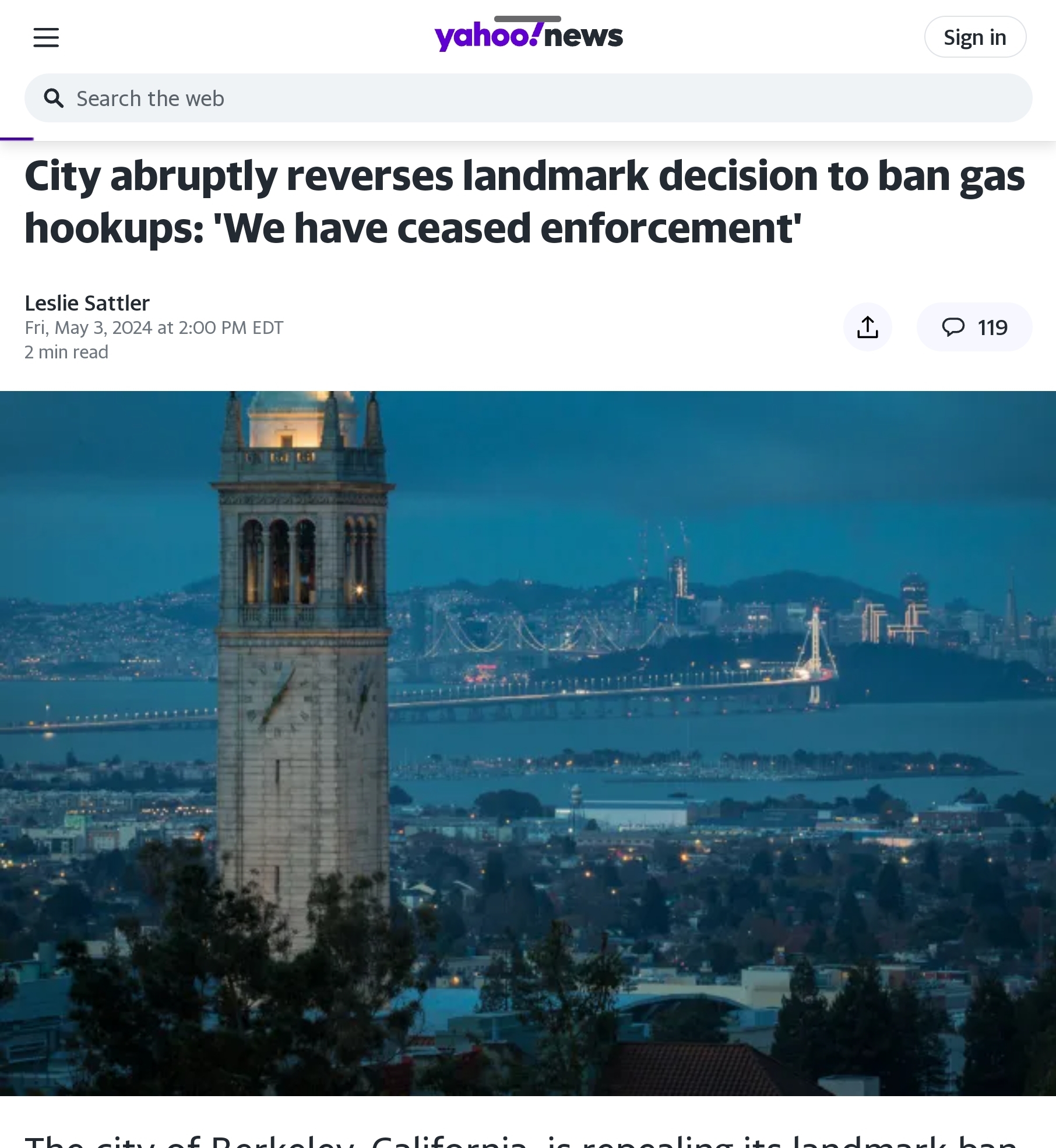By CHEYENNE MACDONALD FOR DAILYMAIL.COM
PUBLISHED: 14:35 EDT, 28 June 2017 | UPDATED: 14:35 EDT, 28 June 2017
The sun is heading into a period known as solar minimum, during which activity at the surface will ‘change form.’
In this time, certain types of activity, such as sunspots and solar flares will drop – but, it’s also expected to bring the development of long-lived phenomena including coronal holes.
According to NASA, solar minimum could also enhance the effects of space weather, potentially disrupting communications and navigation systems, and even causing space junk to ‘hang around.’
Scroll down for video

+2
The sun is heading into a period known as solar minimum, during which activity at the surface will ‘change form.’ While sunspots were relatively high back in 2014, they’re now heading toward a low point expected in 2019-2020, according to NASA
THE SOLAR CYCLE
Conventional wisdom holds that solar activity swings back and forth like a simple pendulum.
At one end of the cycle, there is a quiet time with few sunspots and flares.
At the other end, solar max brings high sunspot numbers and frequent solar storms.
It’s a regular rhythm that repeats every 11 years.
Reality is more complicated.
Astronomers have been counting sunspots for centuries, and they have seen that the solar cycle is not perfectly regular.
The sun follows roughly an 11-year cycle.
While sunspots were relatively high back in 2014, they’re now heading toward a low point expected in 2019-2020, according to NASA.
‘This is called solar minimum,’ said Dean Pesnell of NASA’s Goddard Space Flight Center in Greenbelt, MD.
‘And it’s a regular part of the sunspot cycle.’
The change, however, doesn’t mean that activity ceases altogether, the expert explains.
Instead, different types of events tend to take hold.
For instance, ‘during solar minimum we can see the development of long-lived coronal holes,’ Pesnell says.
‘We see these holes throughout the solar cycle, but during solar minimum, they can last for a long time – six months or more.’
These are areas in the sun’s atmosphere where the magnetic field opens up, sending streams of solar particles into space.
When the resulting solar wind hits Earth’s magnetic field, it can cause space weather events including geomagnetic storms, auroras, and disruptions to communications and even satellites.





